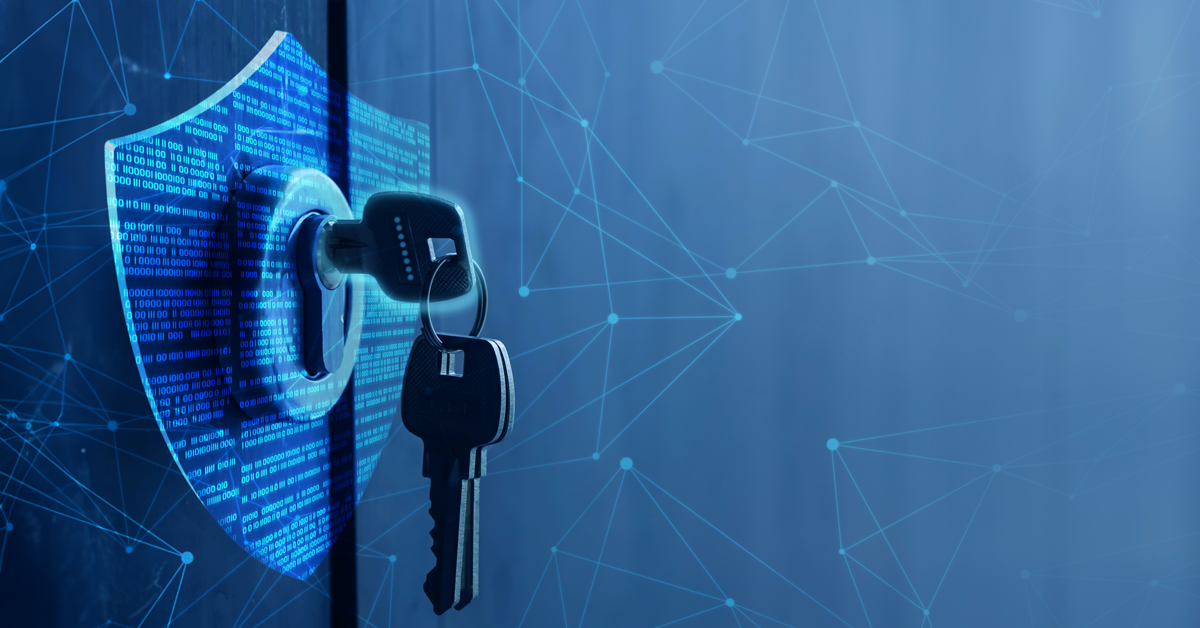Chief Security Officers (CSOs) and Chief Information Security Officers (CISOs) face an ever-increasing challenge. Balancing tightening budgets with new SEC mandates and increased scrutiny from stakeholders, security executives have plenty to keep them up late at night. While protecting organizations against external security threats is a widely recognized aspect of the CSO’s role, the truth is, often the call comes from inside the house. With a 2023 Forrester survey reporting that 39% of respondents estimated their company lost up to one million dollars due to disruptions in the preceding month, it’s imperative that CSOs work to prevent these outages from the inside out.
Internal issues, such as DNS misconfigurations, network congestion, or monitoring and alerting failures, pose significant risks to organizations’ networks, complicating the already intricate task of managing and protecting digital assets. While cybersecurity threats are real and present, networking and connectivity issues are reported as the leading cause of IT service-related outages.
The impact of undiscovered network issues is profound, ranging from immediate financial losses to irreparable damage to customer trust. Beyond the risk of incidents escalating to prolonged outages, soaring consumer expectations demand speedy, responsive, and reliable sites. Eighty-two percent of consumers say slow page speeds impact their purchasing decisions, and 40% won’t wait more than three seconds before abandoning a site. Regarding a hybrid workforce, employee experience expectations are equally lofty. Even without a widespread, publicized outage, a compromised user experience can negatively impact sales or workforce productivity, resulting in incalculable losses for a company.
Read More: Mitigating Outage Risks: Three Inside-Out Strategies for CSOs
For example, a Slack outage in 2021 caused by an internal DNS misconfiguration left some users unable to access desktop, mobile and web applications for more than 15 hours. With Slack’s status page down due to the same issue, users were left confused and struggling to identify where the disruption originated. Unfortunately, we see similar downstream user impact making headlines each year, frequently due to internal incidents. These scenarios aren’t uncommon, with 10 to 20 high-profile IT outages or data center events occurring globally each year. Outages like Slack’s offer a lesson for navigating the modern landscape of challenges.
CSOs Need to Steer the Security Initiatives
CSOs must command an effective, comprehensive harmonization of development, security, and operations, looking beyond internal threats to the full economic impact of workforce productivity and customer experience.
1. Deploy Internal and Internet Network Monitoring and Anomaly Detection Tools
Beyond addressing security threats, implementing robust Internet Performance Monitoring (IPM) tools enables CSOs to proactively identify issues before they compromise end-user experience or escalate to full-blown incidents. For instance, comprehensive IPM solutions can identify hijacks, leaks, or performance anomalies, proactively flagging potential issues like malicious activities or sincere misconfigurations, to reduce response time and minimize the impact. Lacking visibility into the end-user experience frequently poses ongoing challenges for ITops.
Application Performance Management (APM) or Network Performance Monitoring (NPM) tools alone are inadequately prepared to handle the variability and instability brought about by the omnipresence of the Internet touching every aspect of business today. By promptly detecting and addressing these concerns with full-stack observability, organizations can prevent inadvertent disruptions and reduce digital friction, ensuring smooth operations and an uninterrupted user experience. A 2024 survey of Site Reliability Engineers (SREs) found that individual contributors and business leaders unanimously agreed that third-party services are a strategic necessity for modern reliability practices within IT teams. Investment in such technologies bolsters the overall resilience of the organization against a wide range of internal issues and operational risks.
2. Develop and Test Incident Response Plans
A comprehensive incident response plan tailored to the organization’s specific needs is crucial to mitigating the impact of incidents when—not if—they occur. Crafting and regularly testing response plans is essential for effectively managing external threats and internal disruptions within an organization. CSOs should ensure their organization’s response plan outlines clear protocols for detecting and resolving security incidents and procedures for addressing inadvertent disruptions caused by internal factors.
By simulating various scenarios, organizations can evaluate their response strategies’ effectiveness and identify areas for improvement. A well-prepared incident response plan ensures swift and efficient recovery from internal disruptions, minimizing downtime and preserving business continuity. By proactively preparing for incidents, organizations can minimize downtime, reduce financial losses, and uphold their reputation in the face of incidents.
3. Prioritize a Balanced, Blameless Culture
Establishing a blameless culture within the organization is fundamental for preventing internal disruptions. In combination with promoting awareness and continuous learning among employees, organizations can leverage a blameless culture to mitigate the risk of inadvertent incidents caused by human error. My team fully embraces the idea of “radical transparency.” Catchpoint was founded in the spirit of radical transparency and failed quickly after founder & CEO Mehdi Daoudi took down the system for three hours as an employee at DoubleClick. Luckily, Mehdi’s manager at the time took a blameless approach. Mehdi kept his job, and the DoubleClick team learned from the failure. This ethos can be the difference between sustained success or failure for an organization in any industry but is particularly relevant as the intersection and collaboration between DevOps and security grows.
Read More: Emerging Tech: A New Era of Cybersecurity in Manufacturing
Proactive and Transparent Security Culture a Must
Implementing an open and honest culture allows DevSecOps personnel to focus on resolving issues rather than assigning blame. Incidents should be viewed as valuable learning opportunities rather than occasions for assigning blame. Following an incident, teams should conduct thorough post-mortems to analyze what went wrong and identify areas for improvement. By openly discussing incidents and sharing insights, organizations can empower teams to prevent similar incidents in the future. With an open, blameless, and inquisitive culture, employees can prioritize resilience and accountability, prevent internal disruptions, and fortify defenses against potential risks. As exemplified by Catchpoint’s inception, leaning into a blameless, transparent culture could lead to important discoveries for your entire team.
These proactive measures enable swift issue detection and resolution, ensuring smoother operations and preserving brand reputation. By deploying network monitoring tools, developing robust incident response plans, and fostering a blameless culture, CSOs can prevent internal disruptions and fortify organizational resilience. With these strategies in hand, CSOs can confidently navigate the challenges of the digital age, safeguarding against costly outages and mitigating potential threats.
Each year, we hear a new version of any CSO’s nightmare: a major, preventable outage that will widely impact end users, damage brand reputation, and potentially cost millions. Fortunately, by leveraging the correct tools and strategies, CSOs can enable their increasingly integrated DevSecOps resources to address issues from the inside out, prevent disruptions, and, as a result, sleep a bit better at night.




